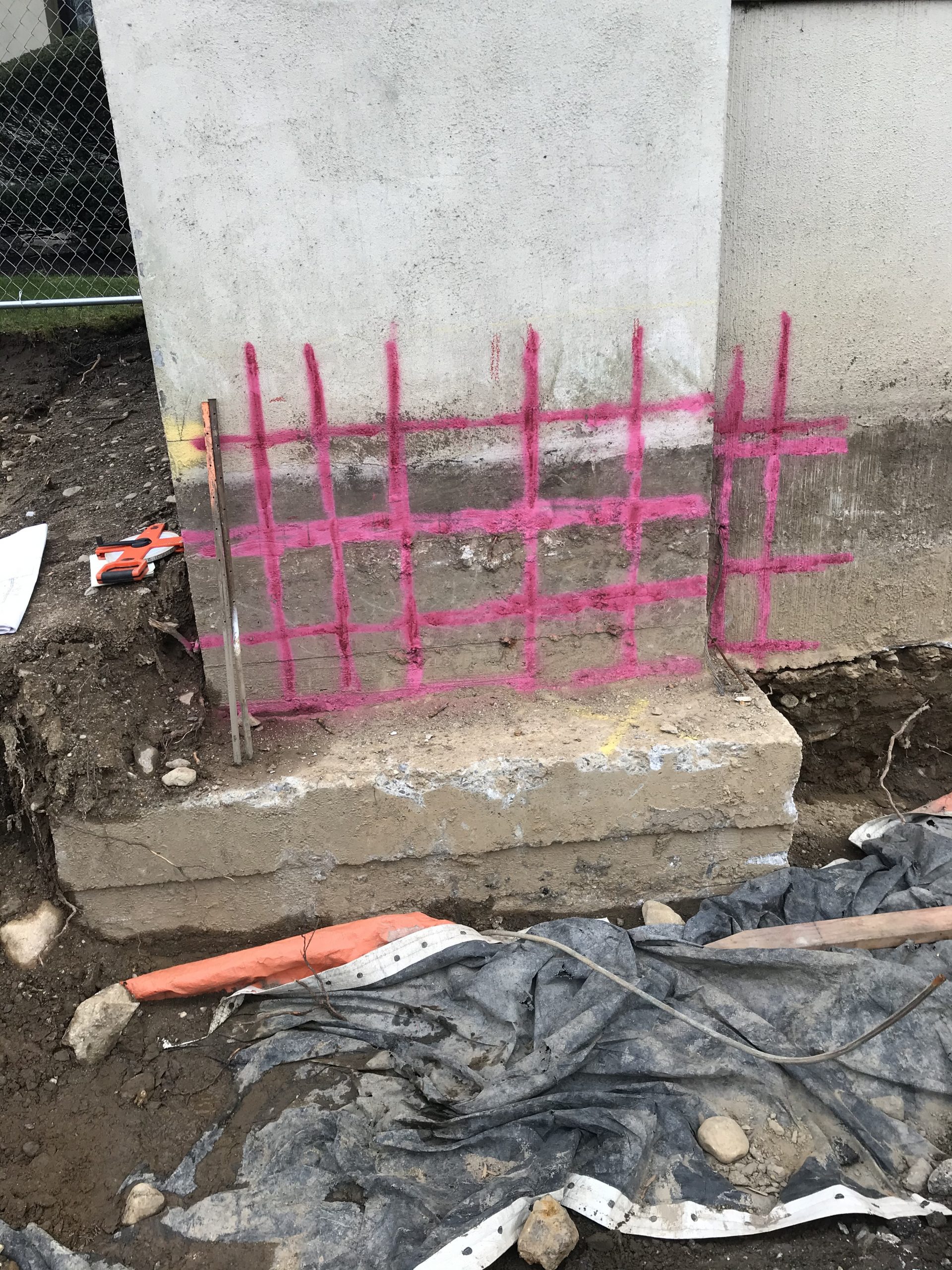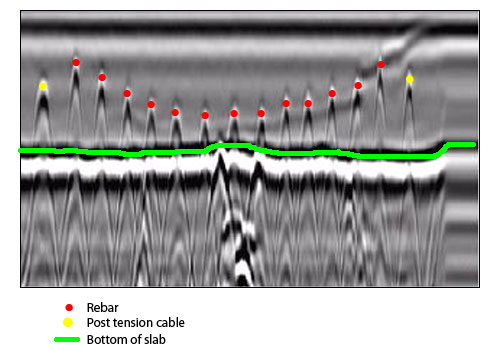Concrete Scanning: A Vital Step Towards Guaranteeing Structural Stability and Safety And Security
In the realm of building and construction and infrastructure maintenance, the value of concrete scanning can not be overstated. This thorough procedure holds the essential to unveiling possible dangers hidden underneath the surface of relatively strong frameworks. By utilizing innovative innovation and approaches, concrete scanning works as an essential device in making sure that the integrity and safety and security of bridges and structures are upheld to the greatest standards. Nonetheless, beyond its surface-level effects, the function of concrete scanning extends far deeper than meets the eye.
Value of Concrete Scanning
Concrete scanning plays an important role in making sure the structural honesty and security of structures and facilities projects. By making use of advanced innovations such as ground-penetrating radar (GPR) and electromagnetic induction, professionals can non-destructively inspect concrete structures to discover possible issues, spaces, embedded things, and support design. This process makes it possible for early detection of abnormalities that might jeopardize the stability of a framework, stopping expensive damages and making certain the safety of residents.
Before exploration, cutting, or coring into concrete, scanning assists determine the accurate places of rebar, post-tension wires, and various other ingrained aspects, minimizing the danger of unintended hits that might lead to architectural weaknesses. Additionally, concrete scanning aids in high quality control by confirming the thickness of concrete covers and finding any type of discrepancies that might affect the general longevity of the structure.
Innovation for Concrete Examination

Advantages of Very Early Discovery
Prompt discovery of architectural problems can considerably alleviate threats and make sure the longevity of building and construction tasks. By determining potential issues at an early stage in the building and construction procedure, stakeholders can take aggressive procedures to attend to problems prior to they intensify read here right into bigger and extra pricey issues. One of the essential benefits of early detection is the prevention of structural failings, which can pose major security risks and lead to task delays and financial losses.
In addition, early discovery permits prompt repair work and maintenance, which can help expand the life-span of the framework. By addressing concerns promptly, building and construction teams can avoid expensive fixings and even the need for early replacement of structural elements. This positive approach not only conserves time and money however additionally enhances the general security and durability of the building and construction project.
Furthermore, early discovery can boost project preparation and decision-making by offering stakeholders with valuable understandings right into the problem of the framework. Equipped with this info, project managers can make informed choices pertaining to building and construction materials, next page timelines, and methods, bring about much more effective and effective task end results.
Making Certain Architectural Stability
Making certain the architectural security of a building project is critical to its security and longevity. Concrete scanning plays an essential function in making sure architectural security by detecting possible concerns such as spaces, delamination, or support corrosion that could compromise the honesty of the framework over time.
By utilizing advanced scanning innovations like ground-penetrating radar (GPR) and electromagnetic induction, building experts can non-invasively inspect concrete frameworks to identify locations of issue below the surface area. This proactive technique permits for the early discovery of weaknesses or flaws, allowing prompt repair work or reinforcement to stop structural failures.
Normal concrete scanning throughout different building phases and throughout the life process of a framework can assist maintain its stability, alleviate threats, and guarantee the safety of owners. By focusing on structural stability through concrete scanning, construction jobs can boost their resilience and durability, eventually adding to greater security and durability.
Preventing Important Failures
To safeguard against devastating events, meticulous monitoring and proactive upkeep are critical in preventing crucial failings within architectural frameworks. Identifying potential problems prior to they rise is essential to stop architectural failings. Executing regular evaluations, such as concrete scanning, can reveal surprise flaws like voids, splits, or his comment is here corrosion that can endanger the stability of a structure. By utilizing innovative scanning technologies like Ground Penetrating Radar (GPR) or Concrete X-ray, designers can non-destructively examine the problem of concrete and recognize powerlessness that need support or fixing - RainierGPR Service Areas.

Final Thought
To conclude, concrete scanning plays a crucial duty in making sure structural honesty and safety by utilizing innovative technology for early detection of potential problems. This positive strategy assists stop essential failures and ensures the stability of structures. It is important to focus on concrete examination as a standard technique to shield the durability and safety and security of buildings and framework.
Concrete scanning plays a vital duty in ensuring the structural honesty and security of buildings and framework jobs. In addition, concrete scanning help in high quality control by confirming the thickness of concrete covers and finding any type of disparities that may impact the total longevity of the framework. Concrete scanning plays an important role in making sure architectural security by identifying prospective concerns such as spaces, delamination, or reinforcement corrosion that can endanger the stability of the framework over time.

In final thought, concrete scanning plays a crucial duty in guaranteeing structural stability and security by utilizing advanced technology for early detection of possible concerns.